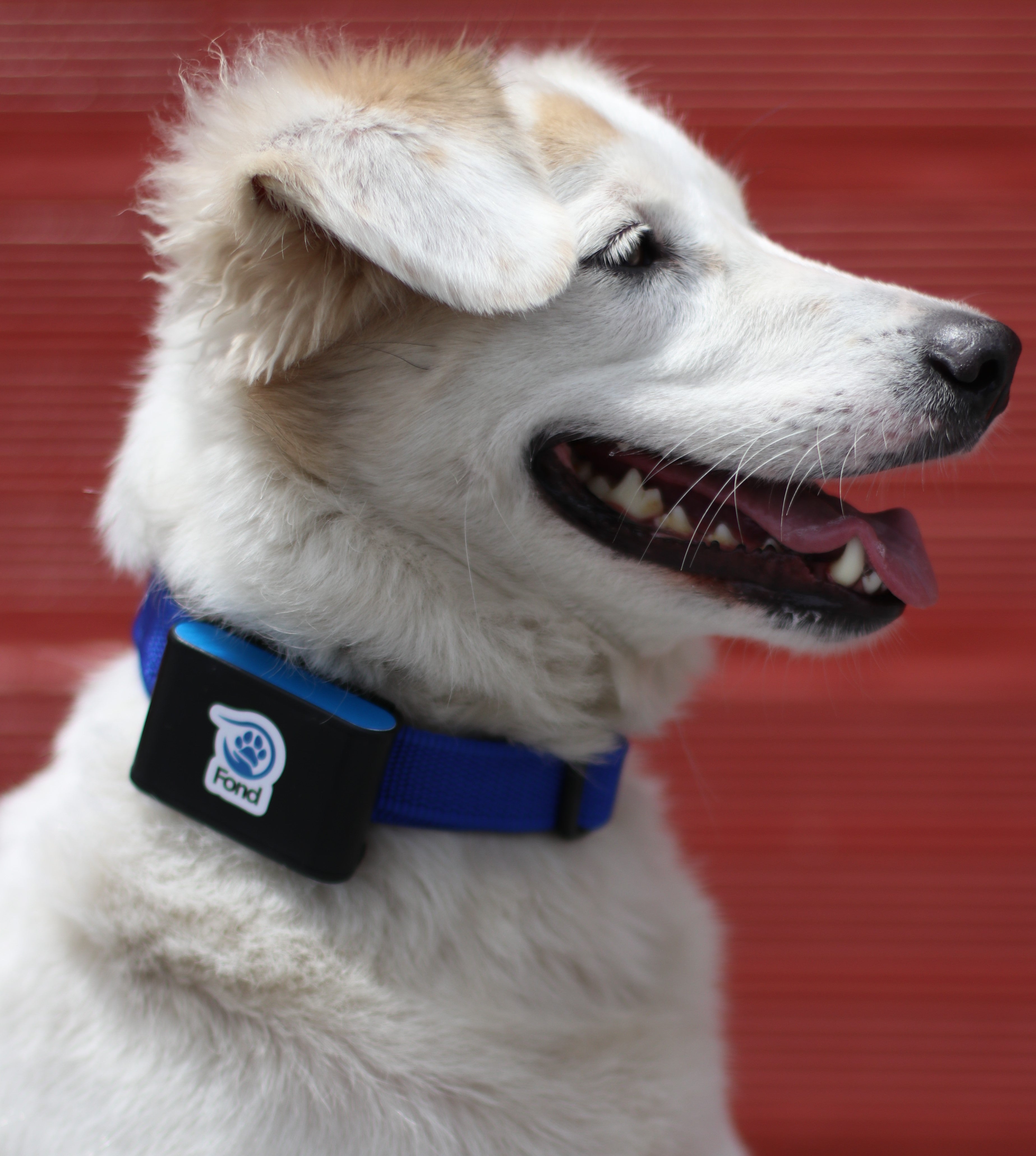
Heat Havoc : Understanding the Impact of High Temperature in Dogs

Imagine your four-legged pal, curled up in a snug ball, nose warm and eyes droopy, it's a moment that tugs at your heart strings. But with these tips, you'll be able to get you pup on their feet in no time!
A fever is a temporary increase in body temperature, typically in response to an infection or illness. A rise in body temperature in pets often serves as a red flag signaling the presence of an infection lurking within. Mirroring human biology, pets may develop fever as their immune system rallies against invading pathogens, indicating an ongoing battle within.
Consistent monitoring of a pet's temperature becomes paramount in promptly identifying fever or elevated body temperature, providing a critical window into their health status.
What is okay and what’s a worry?
A dog's thermostat runs a bit hotter than ours, with their normal body temperature ranging from 101° to 102.5° Fahrenheit – talk about being naturally warm and cozy! But, once it climbs over 103°F, it's like their internal heatwave party has started, and things can get pretty serious if it hits 106°F.
The Fluf-Fit, created by Fond, comes equipped with an integrated temperature sensing feature, allowing for seamless remote monitoring. This feature ensures prompt notifications in case of any anomalies, providing peace of mind by keeping you informed of any potential issues.
How to measure a dog’s body temp?
Grab a digital thermometer designed for rectal use – you can find special ones made just for our furry friends at pet stores. Make sure to designate one solely for your dog and store it alongside their supplies. Before diving in, give the tip of the thermometer a slick coating of petroleum jelly, baby oil, vegetable oil, or water-based lubricant. Lift your puppy's tail up and to the side, then gently insert the thermometer about an inch into their bum. If you've got a helping paw, have someone steady your dog's hind legs to prevent any impromptu seating. Once the temperature's locked in, carefully remove the thermometer.
What factors contribute to fever?
Various illnesses and conditions can induce fever in your canine companion. These may encompass bacterial, fungal, or viral infections, along with ear infections, wounds from bites, scratches, or cuts, tooth infections or abscesses, and urinary tract infections. Furthermore, ingestion of toxic substances like poisonous plants, human medications, or harmful human foods can provoke elevated temperatures.
In certain instances, determining the cause of a dog's fever proves challenging, often termed as a fever of unknown origin (FUO). Such cases might arise from underlying immune system disorders, bone marrow issues, or cancer.
Cues for Fever:
If your pup suddenly switches up their usual antics, it's like their way of sending up a distress signal. Indicators of underlying illness extend beyond fever, as pets may exhibit manifested indicators like lethargy, reduced appetite, altered thirst, and unusual behavior patterns, offering tangible clues to their condition.
Keep an eye out for telltale signs: those once bright eyes might turn red or take on a glassy sheen, while their ears and nose might feel warmer than usual. You might catch them doing the chilly shiver dance or panting away like a steam engine on a roll. A runny nose, a sudden slump in energy levels, and a disinterest in their favourite treats could all be on the fever checklist.
How to attend to a dog with Fever:
If your pup's thermometer reads 103°F or higher, grab a damp towel and give their ears and paws a refreshing wipe-down while setting up a fan to create a breeze. Once the temperature drops below 103°F, you can call off the waterworks. For an extra cool-down boost, gently wipe their paw pads and ears with a damp cloth or lay ice packs wrapped in a towel on their chest and belly.
Always remember to never administer human medication for pets, as their formulations could be toxic and may cause serious injuries to your pup.
If your dog's temperature reaches 104°F or above, promptly seek veterinary care at a local emergency clinic. However, even before reaching this critical point, it's wise to take action once the temperature crosses 103°F. Implementing first aid measures such as applying ice packs or cool towels can help alleviate discomfort and prevent further escalation of the fever. While these measures may provide temporary relief and allow your pet to relax momentarily, it's essential to understand that the underlying infection will persist without proper medical intervention. So, once your pup relaxes a bit, proceed to the veterinarian for a comprehensive diagnosis and treatment plan to address the root cause of the fever and ensure your pet's long-term health and well-being.
Swift action entails consulting a qualified veterinarian for a thorough examination, accurate diagnosis, and personalized treatment regimen tailored to address the specific infection and restore the pet's vitality. Veterinary professionals may employ various diagnostic tools such as blood tests, imaging, and cultures to pinpoint the exact cause of the infection and determine the most effective course of action.
Alongside medication, providing supportive care, including hydration, nutrition, and rest, aids in bolstering the pet's immune response and expediting their recovery process Implementing preventive measures like regular vaccinations, parasite control, and maintaining a clean environment helps fortify the pet's defenses against potential infections, reducing the likelihood of future episodes.
When your canine companion catches a case of the fever blues, don't fret. Whether you're donning your superhero cape to battle the heat or orchestrating a symphony of cooling techniques, remember that your dedication and care are the true magic ingredients in your pup's recovery recipe. Here's to many more tail-wagging adventures ahead, filled with boundless energy, hearty appetites, and, most importantly, good health for your beloved four-legged companion!
References :
- https://www.huntersville.carolinavet.com/site/huntersville-veterinary-blog/2020/12/30/fever-dogs-causes-symptoms-care
- https://wagwalking.com/condition/fever
- https://www.msdvetmanual.com/dog-owners/metabolic-disorders-of-dogs/fever-of-unknown-origin-in-dogs

